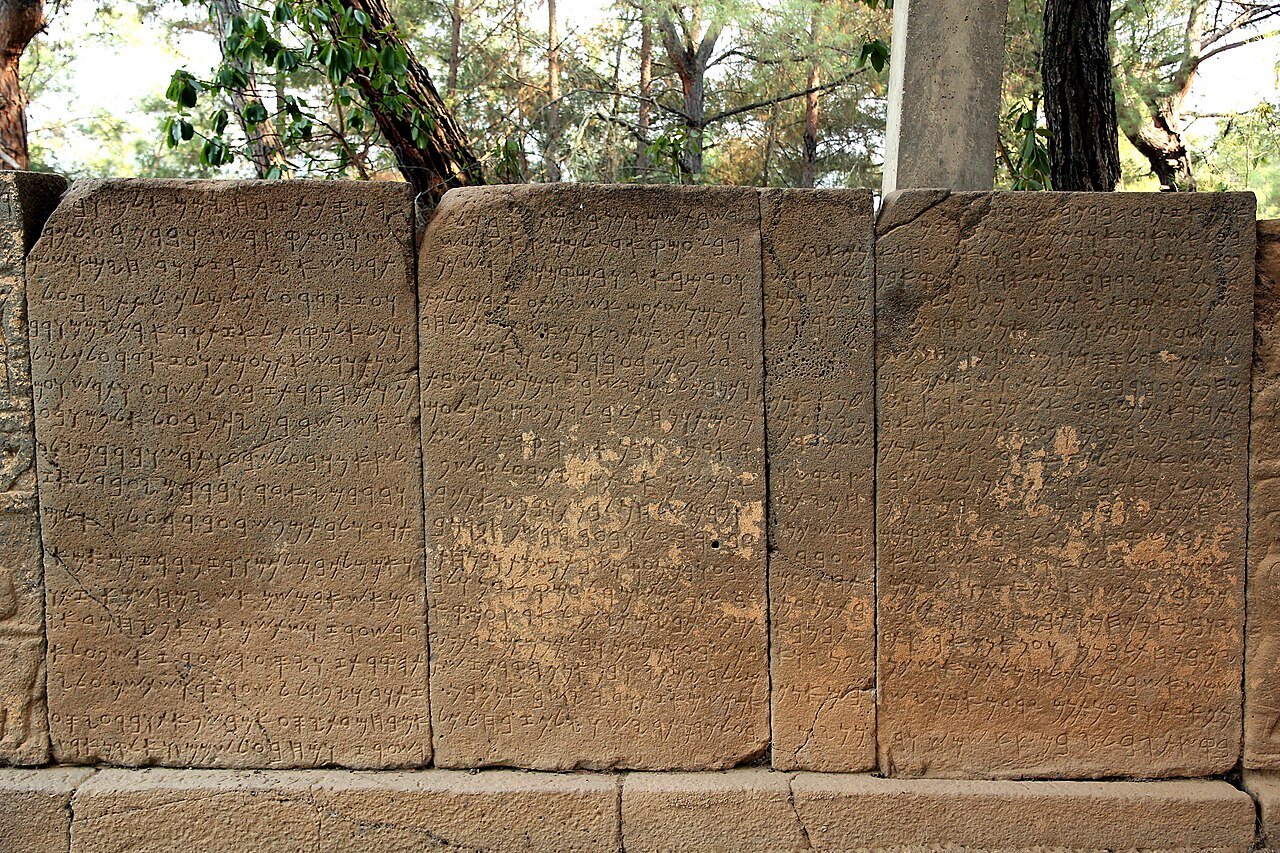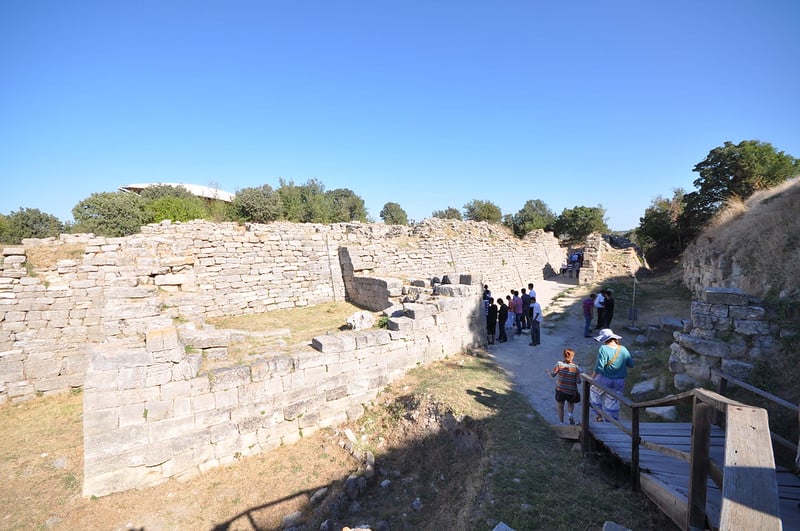

We know precious little about Troy’s true Late Bronze Age history. However, the controversial Beykoy texts may provide a detailed account of some events involving Troy in that era. These Bronze Age texts speak of a great king named Muksus who engaged in a campaign in Palestine and may well have led the mysterious Sea Peoples.
A figure named Muksus appears in various sources. The name is equivalent to the form ‘Mopsus’ seen in Ancient Greek texts. These texts refer to Mopsus, son of Manto, as a seer and temporary king of Colophon in western Anatolia. He is also credited with founding several cities on the southern coast of Anatolia, including places as far east as Cilicia.
Two inscriptions dated to the second half of the eighth century BCE provide evidence that the kings of Adana in Cilicia were of the ‘house of Mopsus’. One of these inscriptions is the famous Karatepe bilingual. This demonstrates that the forms ‘Mopsus’ and ‘Muksus’ are equivalent.
Much earlier than the eighth century BCE, a Hittite tablet confirmed the existence of a certain Muksus in the Late Bronze Age. Many researchers, though not all, believe that this may be the historical figure behind the Mospus of Greek legend.
The Beykoy texts were discovered in the 19th century, although they have unfortunately been destroyed. Thankfully, comprehensive drawings survive, allowing historians to examine them and learn more about the events in Anatolia during the Late Bronze Age.
There is some controversy surrounding the authenticity of these texts, but there is strong evidence in their favor. Therefore, the information is likely valuable and accurate, similar to any other contemporary inscription from that era.
These texts are written in Luwian hieroglyphs and refer to the activities of Luwian kings in western Anatolia. They connect with various Hittite tablets from that era. For instance, the texts mention a king of the kingdom of Mira named Kupanta-Kurunta, whose great-grandfather had the same name. Hittite tablets confirm this great-grandfather.

Interestingly, the Beykoy texts mention the Kingdom of Wilusa. Historians generally agree that this is Troy. According to these controversial texts, the king of Troy was a certain Walmu. King Mashuitta, the father and predecessor of Kupanta-Kurunta II, had installed him in this position.
This would mean that Troy, or Wilusa, was a client kingdom of Mira and was not, as sometimes assumed, under the control of the Hittite Empire (at least, not during this period).
The Beykoy texts describe Muksos as the great king of Apaisos in the Troad. Just before this, Muksos is described as the great king in Mira and Wilusa. Therefore, he appears to have been the successor of King Kupanta-Kurunta II.
What is particularly interesting is that this passage about Muksus explains that he led a campaign with several other kings to attack several regions in the Levant, including Philistia in Palestine. He is then described as establishing a frontier fortress at Ashkelon.
Some scholars have attempted to connect the activities of Muksus described in the Beykoy texts with those of the Sea Peoples as outlined in Egyptian records. One basis for this suggestion is that Muksus appears to have been active in the first quarter of the 12th century BCE.
This ties in very well with the dating of the Sea Peoples. They do appear in Egyptian records throughout the 13th century BCE. However, their most significant campaigns against the Hittites and the Egyptians occurred at the start of the 12th century BCE.
Since the Levant was Egyptian territory during Muksus’ time, it is evident that he would have been fighting them. Furthermore, the kings of Mira occasionally fought the Hittites. It is plausible that Greeks joined the kings of Mira in their campaigns, as the Hittites independently recorded the Ahhiyawa (likely Greeks) fighting against their empire.
This ties in well with evidence for some of the Sea Peoples being Greek tribes. Therefore, it could well be that Muksus, the king of Troy, was the leader of the Sea Peoples during some of their most significant attacks.
